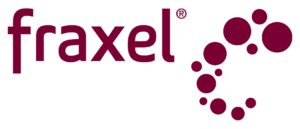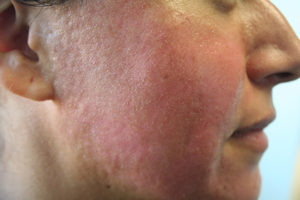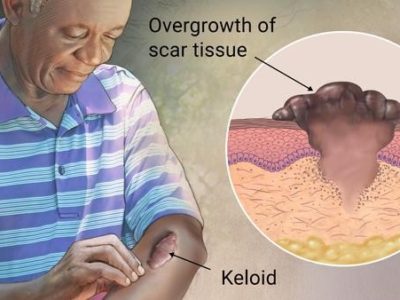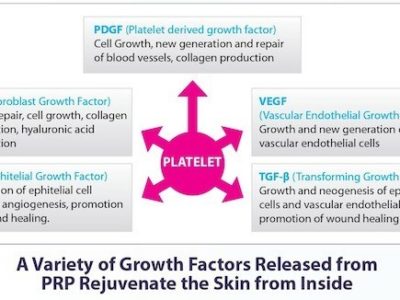- Home
- About Us
- Services
- TREATMENT TYPE
- INJECTABLES
- LASERS
- Clear & Brilliant Permea
- Clear + Brilliant®
- Clear + Brilliant® Original
- CO2RE® Laser System
- CO2RE®CO2
- CO2RE® Intima
- Fraxel® Dual Laser
- Fraxel® 1550
- Fraxel® 1927
- GentleMax Pro Laser
- Isolaz®
- eMatrix Sublative ™
- eMatrix Sublime™
- eTwo Laser
- PicoWay Laser System
- PicoWay Resolve Laser Treatment
- PicoWay Tattoo
- PicoWay Zoom
- VBeam Laser
- BODY CONTOURING
- PHYSICIAN PROCEDURES
- HORMONES
- MEDICAL SKIN CARE SERVICES
- CONDITIONS
- AREA OF CONCERN
- FACE
- BODY
- SKIN
- Lasers & Skin Rejuvenation
- Painless Laser Tattoo Removal
- Acne and Laser Acne Treatments
- Scar Therapy
- Laser Hair Removal (All Skin Types)
- Non-Laser Skin Rejuvenation Treatments
- Platelet-Rich Fibrin (PRF) for Filler Volumization
- Platelet-Rich Plasma for Hair Restoration and Platelet-Rich Plasma for Laser Skin Rejuvenation
- WELLNESS
- Appetite Suppression
- Bioidentical Hormone Replacement Pellets
- Bioidentical Hormone Replacement Therapy (BHRT)
- Bioidentical Hormone Therapy for Hair Loss
- Dietary Counselling
- Hormone Replacement Therapy
- Hormone Therapy for Weight Loss
- In-Office Blood Draw Service
- IV Therapy
- Medication Support
- Natural Wellness Supplements
- Nutrition Support
- Sexual Health and Vaginal Rejuvenation
- Testosterone Injections
- Weight Loss Program
- Weight Management
- TREATMENT TYPE
- Products
- Membership
- Forms
- Contact Us
- Blog
Scar Therapy
Treatment for Stretch Marks

What are stretch marks?
Stretch marks (or “striae”) are caused when extreme changes in the shape of your body result in tearing of the lower layers of your skin. Skin is composed of multiple layers. The topmost layer of your skin is called the epidermis. Beneath the epidermis is the layer of skin known as the dermis. It is in the dermis where stretch marks form. Because the tearing that creates stretch marks occurs in the dermis, it does not bleed or scab like an external would, but the damage is visible in the form of stretch marks. Over time, the tears heal and form scars. This is why stretch marks appear initially as some hue of red but will fade and become white over time.
Who is Most at Risk?
Although anyone can develop stretch marks at any point in their life (men and women), certain lifestyle events are more likely to result in developing them and are higher risk. These are:
- Pregnancy – More than half of all women get stretch marks while pregnant.
- Weight lifting and body building – Because rapid muscle development can lead to stretch mark scarring.
- Dieting and Weight Gain/Loss – When the body expands rapidly due to weight gain, skin must stretch to compensate for the body’s growth
- Puberty
Treating Your Stretch Marks
When stretch marks are red, lasers can be highly effective at reducing the redness and stopping some of the inflammation. Lasers such as the V Beam work by reducing the redness in the stretch marks and by improving some of the inflammation causing the stretch marks in the first place. For stretch marks that are white, or if texture is more of an issue, your choices are:
- Fraxel® fractional laser therapy. This laser makes small “injuries” in the skin where the stretch marks are (about the diameter of a hair shaft) leaving normal, untreated skin in between. The untreated skin creates a response in the body that helps heal the treated area quickly, replacing it with new, healthy skin.
- The eTwo™ laser which uses radio frequency and combines gentle effective resurfacing with improved textured plus skin tightening, all with less downtime.
With any laser therapy for stretch marks multiple treatments are usually required. Here at The Med Spot we can customize a package for your specific needs to optimize your results.
Acne Scars
What causes acne scars?
When acne breakouts penetrate the skin deeply, they damage the skin and the tissue beneath it. As the acne clears, the body tries to repair this damage.
During the healing process, the body produces collagen — a substance that gives the skin support. If the body produces too little or too much collagen, you will see a scar.
The type of scar depends on how much collagen your body makes.
Depressed acne scars: If the body produces too little collagen, depressions or pits form as the skin heals.
Raised acne scars: Sometimes the body produces too much collagen as it tries to heal the skin and underlying tissue. When this happens, a person develops a raised acne scar. This type of acne scar is more common in people who have skin of color like African Americans, Hispanics, and Asians.
As we age, acne scars often become more noticeable because our skin loses collagen. The key to effective treatment is to select the best one for each scar type. For example, a patient who has some deep scars may benefit from getting a filler, which adds volume to the skin. This may be followed by laser treatments.
Even when we do our best to prevent acne scars, some people scar. There are many treatment options, which can significantly diminish depressed and raised acne scars.
Treatments include laser treatments, minor skin surgeries, chemical peels, and fillers. These treatments can diminish acne scars that cause depressions in the skin and also safely reduce raised acne scars. Dr Reyes has been performing these treatments with great success for many years, helping clients feel better and more confident again.
- Read more about Fraxel® Dual Laser and eTwo™ Lasers for Acne Scars and Stretch Marks




Surgical scars
Scars are visible signs that remain after a wound has healed. They are the unavoidable results of injury or surgery, and their development can be unpredictable. Poor healing may contribute to scars that are obvious, unsightly or disfiguring. Even a wound that heals well can result in a scar that affects your appearance. Scars may be noticeable due to their size, shape or location; they can also be raised or depressed, and may differ in color or texture from the surrounding healthy tissue. Your treatment options may vary based on the type and degree of scarring but we have many ways to help minimize the scar through various laser treatments combined with skin care and also PRP treatments that promote healing and new collagen growth.
Keloid Scars
A keloid is caused by an excess protein (collagen) in the skin during healing. Keloids often are lumpy or ridged. The scar rises after an injury or condition has healed, such as a surgical incision or acne. Keloids aren’t harmful but can look unsightly. We have various ways of reducing these types of scar to minimize their appearance typically with the use of cortisone injections and certain lasers.

PRP For Scars
Being tougher skin, scars receive a lower amount of blood supply and thus, do not heal like they should. Platelet Rich Plasma or PRP Therapy for injury scars works by creating new blood vessels in the scar tissue. In addition, the PRP serum contains a concentration of growth factors and mesenchymal stem cells along with platelets and other compounds that can attract both hard and soft tissue forming cells to the treatment site. This fresh infusion creates a matrix that serves as a mesh for the collagen and elastin fibers to regenerate and repair, much like the natural healing processes of the body. As the fibers rejuvenate, the scars begin to lighten and the skin starts to gain a more even appearance.

Should you opt for PRP treatments to lighten the scars and marks, you’ll find that the procedure takes around 45 minutes and does not involve any downtime. Our medical team will extract a sample of blood from the forearm and place it in a centrifugal device to extract the PRP serum. Next, he places the serum in the wound site using a fine needle. You could experience some amount of discomfort and redness in the area. But, all of these effects settle within a day or two. Further sessions depend on the condition of your skin and how your body responds to the treatment. Accordingly, we might recommend that you come back for follow-up sessions scheduled 4 weeks apart. Typically, patients need around 1 to 3 sessions. And, they soon start to see marked improvements in the texture and appearance of their skin. PRP injections for facial flaws can prove to be a safe, effective method for helping you remove signs of skin damage. Try the treatments for acne scars, injury marks, and any other depressed or raised imperfections. Get back smooth, clear skin that glows with health.